I gathered a list of most commonly used cast-on methods and I also added the matching cast-off if I found one. If you would like to learn more there is a whole book about the topic: Cast On, Bind Off: 54 Step-by-Step Methods; Find the perfect start and finish for every knitting project.
When selecting a perfect method for your project you need to consider two things:
- How stretchy the edge is: For cuff-down socks, for instance, you need a stretchy edge or otherwise, you cannot get the sock on. But if you use a stretchy cast-on method for a sweater neckline it doesn’t hold its shape and becomes too loose over time.
- Stitch pattern: For instance, the tubular cast-on is a good pair with 1-by-1 or 2-by-2 ribbing and the Icelandic cast-on with garter stitch.
You may also like: The ultimate list of bind-off methods.
Did I miss something? Let me know in the comments below and I’ll add it to the list.
1. Backwards loop cast-on
Also known as thumb cast-on. This method is good for casting on stitches in the middle of a row, for instance the underarm stitches for a top-down sweater. You can use it in other situations as well. However, the stitches unravel easily so I wouldn’t recommend it to cast on a big number of stitches.
2. Cable cast-on
This method is good for casting on stitches in the middle of a row and reminds the knitted cast-on method. Instead of knitting to the previous stitch, you pull the loop between the previous two stitches.
3. Chinese waitress cast-on
Looks a little bit like the i-cord cast on but is not that chunky.
Matches the Chinese waitress bind-off.
4. Crocheted cast-on
Crocheted cast-on creates a nice and tidy cast-on edge that is easy to seam. If you do this method with scrap yarn it becomes provisional cast-on.
5. German twisted cast-on
Also known as the old Norwegian cast-on. It is stretchy and makes a good pair with garter stitch.
Matches the Icelandic bind-off.
6. Figure 8 cast-on
This is a closed cast-on method and can be used for toe-up socks, top-down hats, or mittens. It can also be used to create a provisional cast-on edge.
It is quite similar to the Turkish cast-on method: a little bit harder to learn but works better for a bigger number of stitches.
7. I-cord cast-on
I-cord bind-off looks great on shawls for instance. It is thicker than most of the other bind-offs and not very stretchy. It is made by first knitting an i-cord and then picking up stitches.
Matches the i-cord bind-off.
8. Judy’s magic cast-on
This is a closed cast-on method and great for top-down hats or mittens and toe-up socks for instance. In my opinion it is a little bit trickier to learn than the Figure 8 or Turkish cast-on but it is more stable (the stitches don’t unravel easily) and thus better if you cast on a bigger number of stitches.
9. Long-tail cast-on
The long-tail cast-on method is one of the most popular ones and it can be used in many situations. It takes a little while to learn it but with this method, you can cast on your stitches super quickly. Just make sure your tail is long enough.
10. Knitted cast-on
This method works for many situations and it is easy to learn but also quite slow to do. It is good for casting on stitches in the middle of or at the end of a row. I use it for casting on the underarm stitches of a top-down sweater and neckline shaping.
11. Magic ring cast-on
This a closed cast-on method that can be used to cast on top-down hats and mittens or toe-up socks. First, you make a loop and then knit into it as many stitches as you need to cast on. Lastly, you pull the yarn tightly so that the hole in the middle closes.
Also known as pinhole cast-on.
12. Picot Cast-on
This is a decorative cast-on method and it is great for shawl projects for instance. The small bumps are created by binding off stitches.
Matches the picot bind-off.
13. Provisional cast-on with crochet hook
Provisional cast-on method is used if you want to create a temporary cast-on edge for your project with the intention of knitting seamlessly in the opposite direction or grafting the two pieces together later. For instance, if you would like to make a headband with an invisible seam.
This is my favorite provisional cast-on method. If you do this without scrap yarn you get the crocheted cast-on.
14. Tubular cast-on
This one is a little bit trickier to learn but the result is totally worth it. Looks great on 1-by-1 or 2-by-2 ribbing and produces a stretchy edge. Matches the tubular bind-off.
You can do it with or without scrap yarn.
15. Turkish cast-on
This is a closed cast-on and in my opinion, this is the easiest way to cast on toe-up socks, top-down mittens, and hats especially if you are knitting with the magic loop method. I wouldn’t recommend it to cast on a big number of stitches though.
16. Two-color decorative cast-on
If you are familiar with long-tail cast-on method you’ll find this two-color cast-on method easy to use. This is an ideal cast on method for double knitting projects but you can also use it also if you simply want to make the edge of your project a little bit prettier.



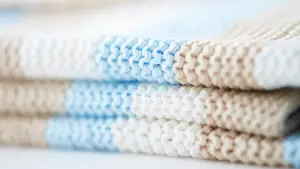
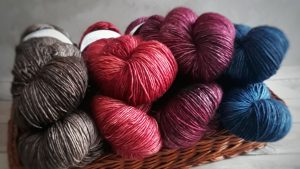
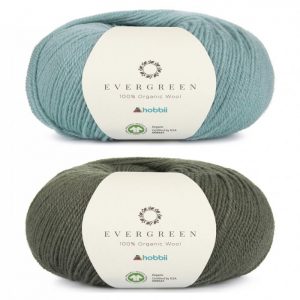

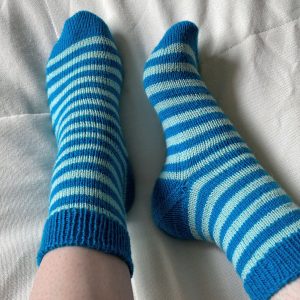

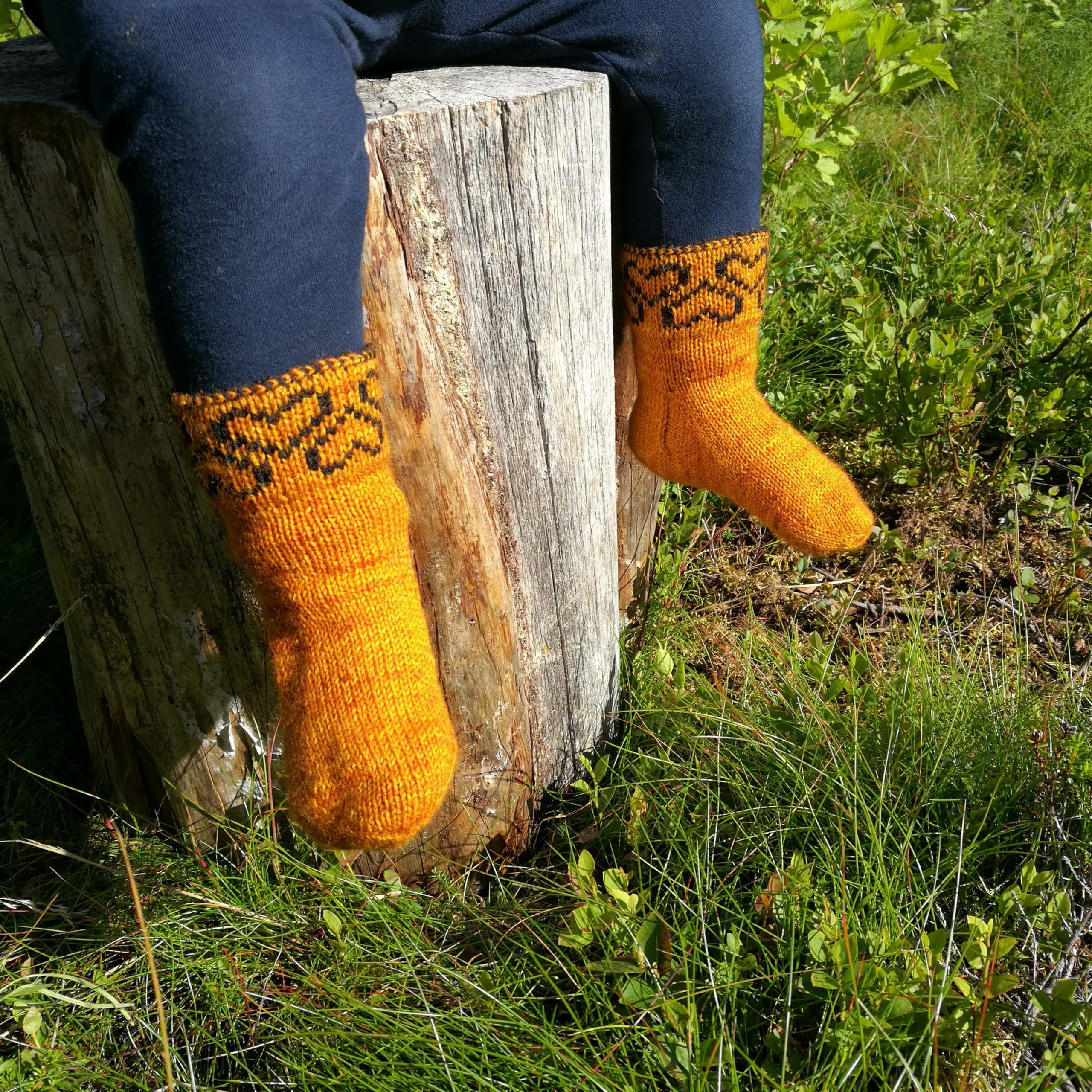

3 Responses
I Love this! What a terrific reference article! Definitely bookmarked it!
Is there a corresponding cast off to the #16 Two Colour Decorative cast on?
E in snowy canada
Check #1 above – Backward loop cast-on” ! Works very well for casting-on in the middle of a row. Good luck!
Judy
Is there a type of cast on method that facilitates the picking up of stitches later in the knitting project?
Thanks